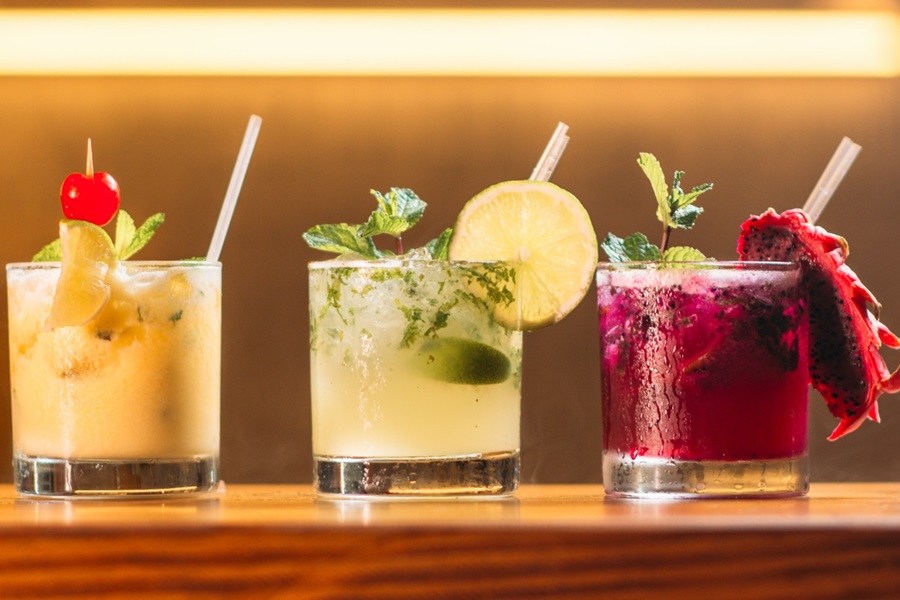Whether we are happy or sad, animated or tired, relaxed or anxious, in a group or alone – alcohol can enhance almost any emotion. The recent Jack Daniel’s – With Love, Jack ad neatly showed how it can even be relevant when we’re social distancing. The science behind why we drink alcohol has many reasons, but the overarching principle is that, when consumed thoughtfully, it creates an experience for the mind and body. By the same token, alcohol brands can maximise marketing effectiveness by blending touchpoints into a rich experience which engages multiple senses.
It’s all about the experience
Based on learnings from Kantar’s Connect, non-paid touchpoints drive 77% of the impact for alcohol brands, more than other categories – perhaps not surprising given the tight legislation in some markets around above-the-line alcohol advertising. Crucially, 45% of touchpoint impact comes from a range of product experiences, such as tasting the brands on nights out and hearing strong word-of-mouth. Retail touchpoints such as seeing the brand on shelf, the look and feel of product packaging and in-store promotions contribute another 10%.
To fully capture the power of these non-paid touchpoints, brands should create immersive experiences through innovation and technology. Social media channels where consumers share experiences, as well as websites with useful features such as cocktail recipes, are becoming more important. The COVID-19 pandemic has further highlighted that alcohol brands can no longer rely just on a physical presence in bars, clubs and restaurants, they also need to offer a captivating virtual experience. Grey Goose vodka has done just that during COVID-19, launching a new ‘House Pour’ initiative on their social media channels, hiring bartenders who lost their jobs due to the pandemic to run online cocktail making classes.
Key to touchpoint effectiveness is understanding which touchpoints have the greatest impact for which consumers. A whiskey brand in East Asia wanted to promote highball drinks by better understanding the role of different touchpoints across six consumer segments. Kantar’s Connect identified that product experience was the common touchpoint driving all the segments, along with recommendations from specialists. From there, however, the ideal touchpoints varied by consumer segment. Ecommerce websites and specialist online whiskey shops worked better for heavy whiskey drinkers. Occasional drinkers and aspiring connoisseurs responded well to TV, as well as other informative touchpoints such as comparison websites and distillery tours, which enabled them to learn more about the product. Equipped with these learnings, the client successfully re-defined their communication strategy to shift attitudes of the different buyer personas.
Unlocking the effectiveness of paid media
Among paid media, despite having relatively high spend levels, TV is more cost-effective compared to other categories, contributing strongly to image associations and purchase motivation. Amongst other paid media touchpoints, out of home (OOH) relies heavily on synergy with other touchpoints and often performs poorly, with high costs from premium locations likely driving down effectiveness. On the other hand, Facebook and online video ads are exceptionally cost-effective for alcohol brands, around twice as much as in other categories.
Understanding this, a popular beer brand collaborated with a music festival, designing 6 bottles dedicated to each type of electronic music being performed at the festival. They aimed to use niche touchpoints to reach certain audiences. The assessment by Kantar’s CrossMedia showed strong uplifts in both creative and brand metrics. Although TV didn’t cut through as expected since the bottles were hardly featured, online media took centre stage with well-targeted personalised ads which cost-effectively generated buzz.
Of course, the consumer landscape for alcohol is not set in stone. A traditionally male-oriented category, women are now key alcohol consumers too, forcing brands to redefine their media strategy; for example, the ideal sponsorship event will no longer just talk to men. Similarly, we are seeing a surge in health-conscious, young adults who prefer low/no alcohol drinks. Brands might increasingly use targeted online ads and newer youth-focused channels like e-sports sponsorship to influence these niche groups.
For your own copy of the full alcohol touchpoint analysis, please complete the download form below.

